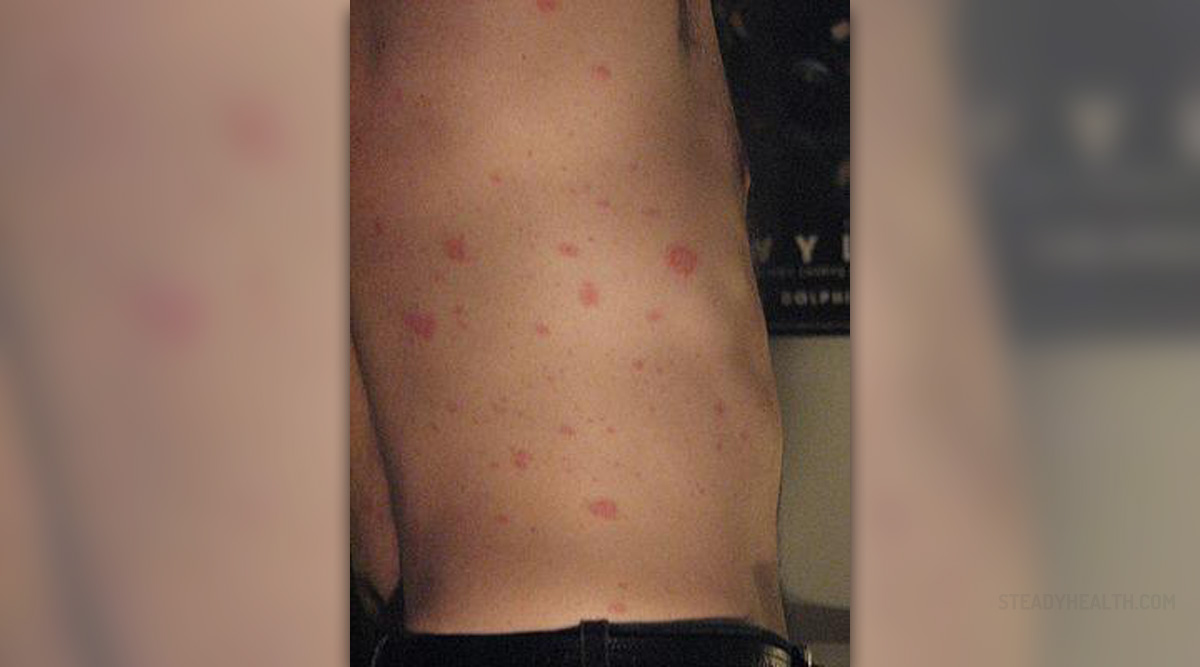
Pityriasis rosea is one of many skin conditions causing rash and it typically affects young individuals, predominantly those between 10 and 35 years of age. The condition is considered harmless. Only in pregnant women pityriasis rosea may cause certain problems.
The actual cause of pityriasis rosea remains unknown. What is definitive is that condition is neither an allergic reaction to some allergens nor it represents a response of the body to some infection (bacterial or fungal, for example). Viruses, however, may trigger the disease. This theory is yet to be proven.
Many times before the condition fully develops patients experience flu-like symptoms such as headache, sore throat and loss of appetite. Perhaps this is the reason why experts believe that viral infections play crucial role in triggering pityriasis rosea.Skin Condition that Causes Rash
The condition, like many other skin disorders, triggers skin rash. Initially, there is only one round/oval pink patch. It is scaly and a bit raised compared to the nearby skin. The size of the patch varies so it may be rather small (approximately 2 cm) or a bit larger up to 10 cm in diameter. In the majority of cases patients develop larger skin patches. Now, a few days later, sometimes even after several weeks different parts of the skin get affected with patches of similar appearance. These are usually salmon-color and never exceed 2 cm in diameter. Such patches are scattered across the entire abdomen and chest, may spread to the back and extremities and in rare cases additionally affect the neck. In case the neck is covered in patches, these are basically vertical and may resemble a Christmas/fir tree. The initial patch may not appear at all or there are sometimes two introductory patches forming close to each other.
Itchy sensation is another characteristic of the disease. However, not all the patients will experience pruritus. It is estimated that itchy sensation is not present in 25% of patients, almost half of them have to deal with moderate pruritus, while the sensation becomes unbearable in 25% of all cases.
Apart from the mentioned the rash affecting patients suffering from pityriasis rosea may also be in the form of papules or blisters. Papular rash is reported to occur in young children and pregnant women while blisters develop in infants and young children as well. Papular rash is also more frequent among dark skin people.
The rash withdraws completely for 6-8 weeks. In some patients it lingers for several months.
As for diagnosis, the condition is confirmed after performing a physical exam. The very appearance of the rash, the onset associated with the herald patch along with general symptoms patients usually experience before the rash develops (headache, fatigue, loss of appetite etc.) are sufficient enough to confirm the illness. The age of the patient helps as well since pityriasis rosea generally affects young people.
Differential diagnosis includes ringworm, tinea versicolor, eczema and psoriasis. Fungal infections are ruled out with the assistance of a potassium hydroxide test (KOH). Uncertain cases require skin biopsy and pathohistological examination of the suspicious tissue. Similar rash also affects patients suffering from syphilis and those taking some medications. This is why syphilis must be ruled out as well and patients should provide with all the information regarding drugs they currently use. Since rash on the palms and soles is not characteristic for this medical conditions, individuals with it are supposed to consult their health care provider as soon as possible and have the rash checked.Treatment Options for Pityriasis Rosea
Treatment approach that addresses to pityriasis rosea depends on the severity of the condition and the absence/presence of pruritus.
Skin patches may spontaneously withdraw within 6 to 8 weeks. Pruritus is easily brought under control with soothing lotions that can be applied several times per days. Skin moisturizers may help as well.
Patients are recommended to take lukewarm baths or showers, avoiding hot water. Drying soaps and harsh detergents are also not supposed to be used. Cotton and silk clothes allow the skin to breath and are efficient against additional skin problems. Many patients achieve desirable soothing effects with oatmeal baths.
Severe pruritus requires more aggressive approach. Such patients, for example, may be prescribed Benadryl oral pills pr liquid. Even though some doctors recommend steroid medications, these are only used topically (e.g. Hydrocortisone cream). Systemic treatment with corticosteroids does not accelerate removal of skin patches and may only cause adverse effects. Systemic corticosteroids are also confirmed to prolong the course of illness and may trigger its exacerbation.
Furthermore, patients dealing with intense itching may benefit from exposure to natural sunlight. Even ultraviolet B light therapy (the one conducted under artificial conditions) can be helpful. This treatment approach has several side effects and hyperpigmentation is only one of them.
Finally, cases of pityriasis rosea resistant to all the mentioned may respond well to dapsone, a medication commonly used in patients suffering from leprosy.



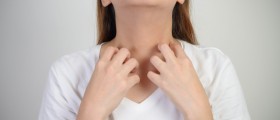
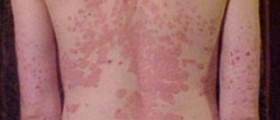


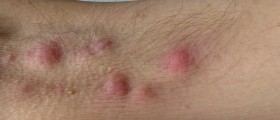

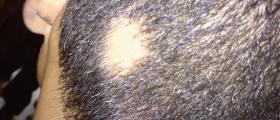







Your thoughts on this
Loading...